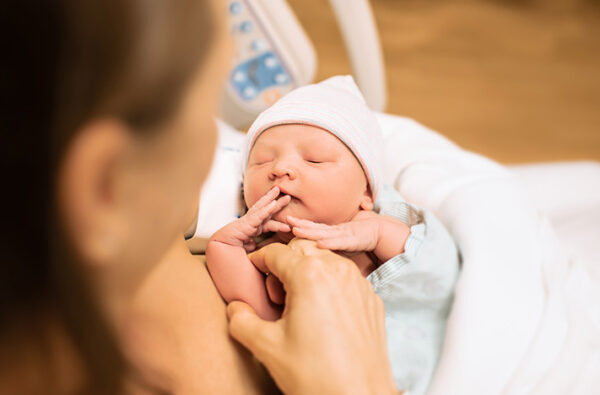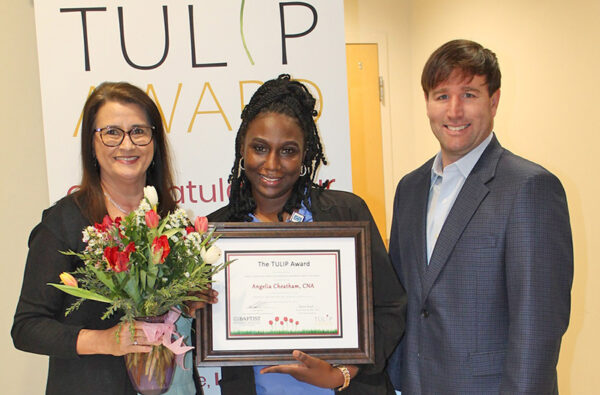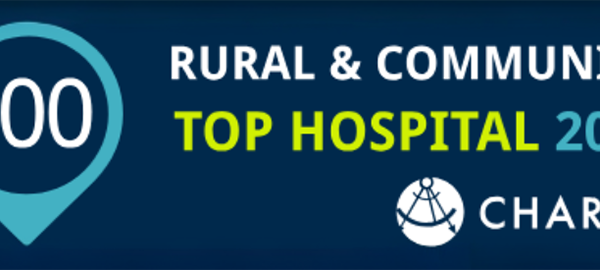As COVID-19 cases continue to tick upward in our communities, it’s a good time to consider a second booster if you’re eligible and antiviral treatment if you’re at risk and become infected.
Dr. Stephen Threlkeld, Baptist Memorial Health Care’s medical director of Infectious Diseases, talked with us about second boosters and the oral antiviral treatment Paxlovid.
Is now the right time to get a second COVID-19 booster shot?
There’s a demonstrated benefit to getting a second booster. Israeli data showed that people over 60 years old have a survival benefit from getting a fourth shot over just having the third shot.
A lot of people are eligible for a second booster, including those 50 years old and older who had their last booster more than four months ago and immunocompromised individuals. Visit vaccines.gov to find out where you can receive your booster.
Why is avoiding COVID-19 still important?
The wild card is the fact that we see an array of medical problems associated with having had COVID-19. A large VA study showed significantly increased chances of having strokes, heart attacks, myocarditis, blood clots and vascular complications if you’ve had COVID-19. We’re just scratching the surface to understand the long-term risks. It’s a bad thing to get, so avoiding it altogether remains important. This is not a cold or flu.
Avoiding long-term COVID-19 issues could be crucial for the medical horizon in our country and the world. If you have even just 10% more people at increased risk of chronic disease and symptoms from having COVID-19, there’s a huge time and cost expenditure to treat that.
How can you protect yourself if you’re not eligible for a second booster?
Given the number of COVID-19 cases we’re seeing around the community and in hospitals, we have to be careful again and go back to protective behaviors like mask wearing in some circumstances. Most cases are not being reported because people are taking home tests. The true case numbers may be up to 10 times higher in the community than what’s being reported.
Be more careful about being around people unmasked in crowded circumstances, especially if you live with an elderly or immune-suppressed person. Your asymptomatic infection can be much more serious for others. By extension, we need to be extra careful as health care workers and consider our commitment to those we take care of and be as sure as we can that we’re not passing this disease to someone else.
Unfortunately, people are really tired of the disease. It’s harder and harder to have people excited about doing those mundane things that can still protect other people.
Why are COVID-19 infection rates increasing?
COVID-19 is increasingly contagious. If you’re an at-risk or unprotected person, it’s much more efficient at finding you than it was in the past.
Coronavirus immunity in general is notorious for not lasting long, and COVID-19 is stepping into those characteristics as well. We see people with some regularity who had an earlier version of COVID-19 now getting the latest variant.
We need to minimize viral transmission that generates these variants, protect people most at risk and continue to develop better vaccines and medications.
Right now, we’re not going to get the hospital admission numbers we saw in earlier waves because our immunity has caught up a bit, and we are in a relatively good place as a population at large. Those who are more vulnerable are in a bad spot because they are still at risk, and those around them aren’t interested in behaviors that can protect them.
When should Paxlovid be prescribed to help with COVID-19 infections?
We know that there are people who can potentially benefit from the drug who are not receiving it. We should be using Paxlovid for those at the highest risk of severe disease or death from COVID-19 infection, including the immune-compromised or elderly, especially those who are further out from the dates they received COVID-19 vaccines.
Many people in our region are eligible to receive Paxlovid. Patients may qualify based on age, immune suppression, obesity, diabetes, hypertension or other underlying conditions.
What should patients know about Paxlovid?
People should consider Paxlovid if they are at risk for severe disease. How sick you are in the first two or three days of your COVID-19 illness does not have a bearing on how likely you are to develop serious lung disease later. So feeling OK early with COVID-19 is not a reason to avoid taking Paxlovid. If you’re at risk, call your provider and check on Paxlovid regardless of how good you feel at the beginning of your illness.
Paxlovid is a tremendously effective medication. When it was tested on COVID-19 patients, more than 1,000 unvaccinated people with medical conditions considered high risk for poor COVID-19 outcomes who received Paxlovid were compared with over 1,000 people who received a placebo. The people who received the drug within three days of onset of symptoms showed an 88% decreased risk of hospitalization and death.
Paxlovid requires a prescription, and many pharmacies now carry the drug, but starting it is time sensitive. It should be started within five days of symptom onset. Get tested right away if you suspect you’re infected, and call your provider if you’re positive. You never need to get a PCR test to verify a positive home antigen test.
It is important to pay attention to the many medication interactions with Paxlovid. Make sure your provider reviews interactions before you take the medication. Other antiviral options are available if Paxlovid isn’t right for you.






